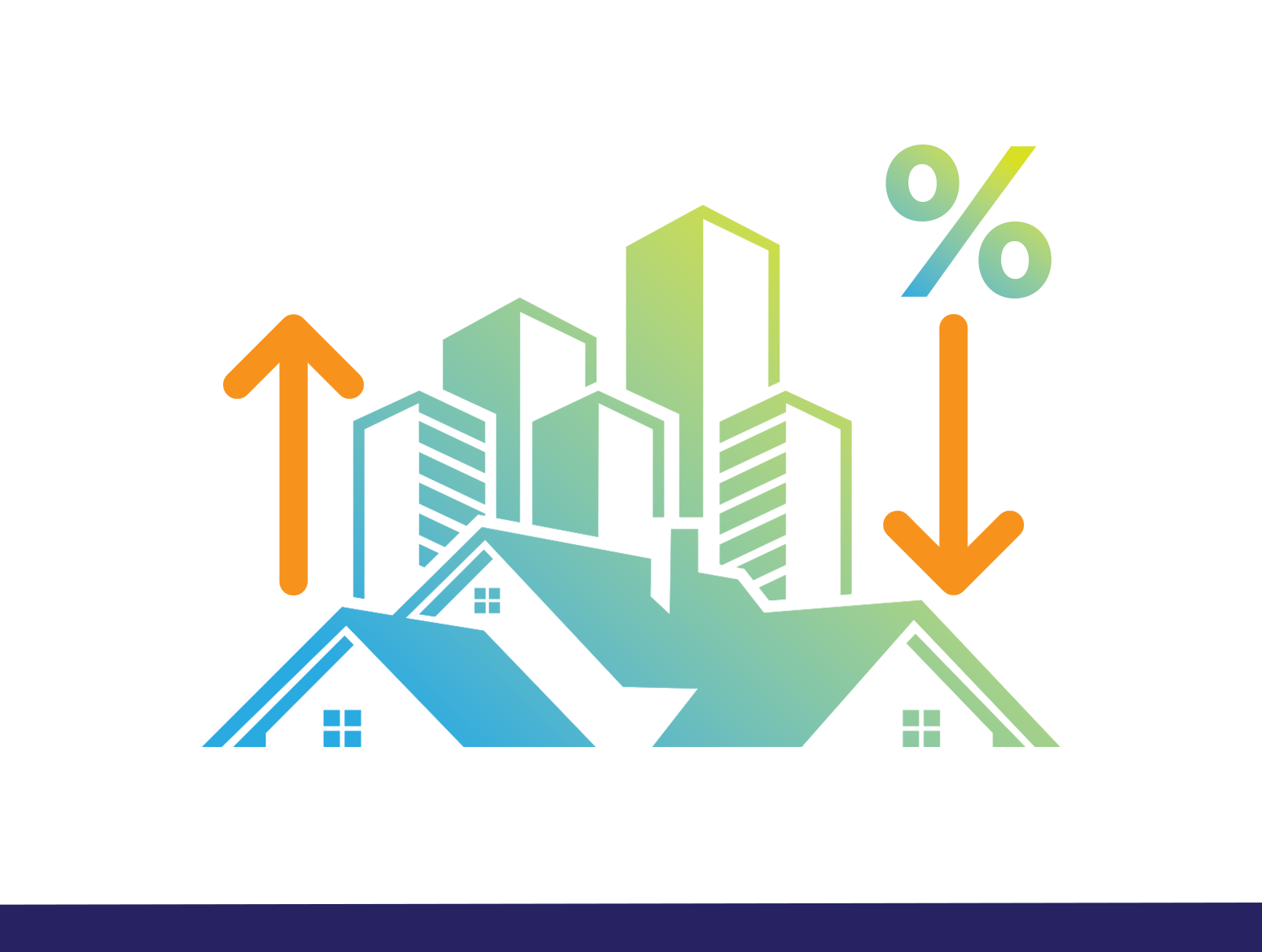Interest rates have a significant impact on the commercial real estate (CRE) market, often shaping the landscape of both supply and demand. When rates decrease, businesses can seize opportunities to finance property investments at more favorable terms, but this shift brings unique challenges as well. Understanding how to manage demand during such periods is crucial for developers, investors, and lenders alike.
Why Demand Increases When Rates Decrease
Interest rates are a key driver of borrowing costs. When rates drop, it becomes cheaper for businesses to finance new commercial real estate projects. As a result, demand typically rises for several reasons:
- Lower Financing Costs: Investors can secure more favorable loan terms, lowering the overall cost of acquiring or developing properties.
- Increased Profit Margins: With cheaper financing, businesses can expect higher profit margins from property investments, which in turn attracts more developers and buyers.
- Renewed Interest in Marginal Projects: Projects that were once on the financial fringe may suddenly become viable as the cost of borrowing decreases.
- Boosted Investor Confidence: Lower rates can signal a favorable economic environment, encouraging investors to expand their portfolios.
While these factors make for a promising investment environment, they also place considerable pressure on lenders and real estate professionals to manage the influx of demand effectively.
Strategies to Manage Demand Effectively
Managing demand during periods of decreased interest rates requires a multifaceted approach that balances opportunity with risk.
Implement Demand Forecasting
Developing a robust demand forecasting model is essential. By analyzing historical data and market trends, lenders and real estate developers can anticipate the level of demand for various property types and locations. This allows for better allocation of resources and preparation for market shifts. It also helps identify areas where demand may outstrip supply, enabling stakeholders to act strategically.
Streamline Loan Origination Processes
Increased demand means private lenders must move swiftly to meet borrower needs. Automating the loan origination process can help meet the surge in demand while ensuring thorough credit evaluation and compliance. Streamlining these operations reduces the time it takes to approve loans, making lenders more competitive in a booming market.
Automation tools, such as Decipher Credit’s loan origination platform, can offer lenders a way to handle a higher volume of applications without sacrificing quality or accuracy. These platforms can efficiently process loans from application to approval, managing risk while providing a seamless customer experience.
Focus on Risk Management
Lower interest rates can encourage riskier investments, as some buyers may be overzealous or underprepared. Private lenders and investors must maintain disciplined underwriting practices, ensuring that borrowers have the financial strength to weather potential future rate hikes. It is crucial to balance the allure of increased demand with an understanding of long-term market stability and risk tolerance.
One solution is to implement more stringent creditworthiness evaluations, analyzing not just current conditions but also the potential impact of future rate increases or market downturns.
Diversify Portfolio Offerings
Diversifying the types of properties available for investment can help meet rising demand without exposing investors to excessive risk. During periods of high demand, developers may find opportunities in niche markets, such as industrial spaces, medical offices, or multifamily housing, which offer more stability in uncertain times.
For lenders, offering a range of loan products that cater to different borrower needs allows you to capture a broader client base and spread risk across various sectors of the real estate market.
Monitor Economic Indicators
Understanding the broader economic environment is crucial in managing demand when interest rates decrease. Lenders and real estate professionals should pay close attention to factors such as inflation, employment trends, and GDP growth, all of which influence real estate demand. By staying informed, stakeholders can adjust their strategies in real-time to optimize their response to market changes.
Periods of low interest rates present substantial opportunities for commercial real estate professionals, but they also come with heightened competition and the need for thoughtful demand management. By leveraging demand forecasting, streamlining processes, managing risk effectively, and diversifying portfolio offerings, both lenders and developers can take full advantage of a favorable market while safeguarding long-term profitability.
To learn how Decipher Credit can help streamline your loan origination process and better manage demand in a competitive market, explore our loan origination platform.




